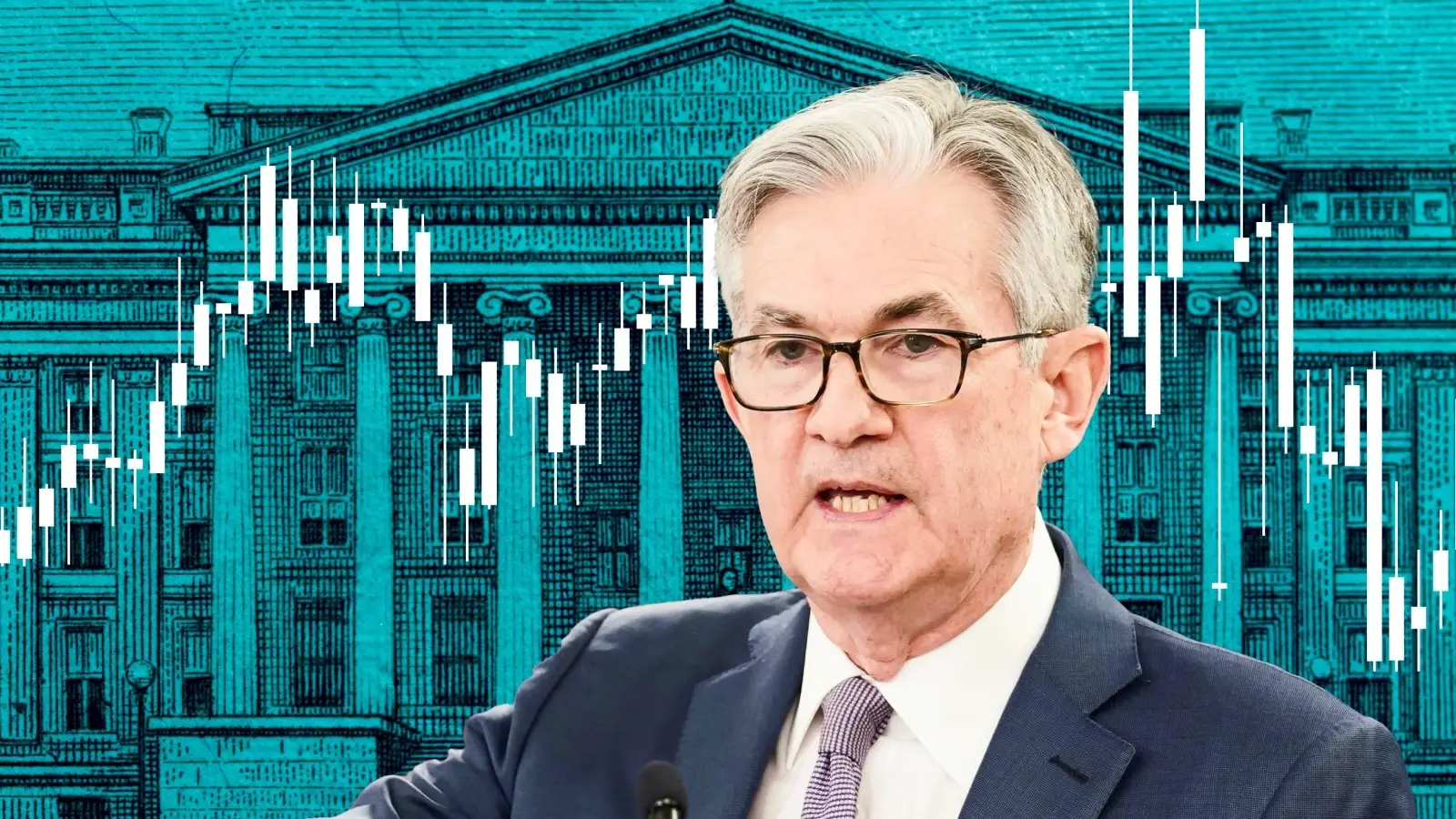By Gunjan Rajput
Copyright republicworld

In a closely watched policy move, the US Federal Reserve reduced its benchmark interest rate by 25 basis points to the 4.00%-4.25% range, marking its first rate cut since December. The move, which came after a two-day policy meeting, reflects growing concerns over a weakening labor market and higher unemployment.Fed Chair Jerome Powell said the decision was driven by clear signs of economic softening, particularly in employment. “There are no risk-free paths … It’s not incredibly obvious what to do,” Powell told reporters. “We have to keep our eye on inflation at the same time, we cannot ignore … maximum employment.”Powell noted that job creation is running below the “break-even” rate needed to stabilize unemployment. “You see minority unemployment going up. You see younger people … more susceptible to economic cycles … in addition to just overall lower payroll job creation that shows you that at the margin, the labor market is weakening,” Powell said.The Fed’s latest policy statement reflects a shift in tone that began over the summer as officials grew more confident that elevated inflation would cool over time, even as import tariffs imposed by the Trump administration lingered.The Fed hinted at additional cuts, potentially in October and December 2025, signaling a more accommodative monetary policy stance to prevent a sharp slowdown. Rate futures markets are already pricing in a 90% probability of another cut at the October meeting, according to CME FedWatch data.Powell clarified that it’s the “broader sense of a rate path” that matters, suggesting the Fed is moving towards a slightly lower stopping point than previously projected in June. “We are now in a meeting-by-meeting situation,” Powell added, leaving future moves dependent on incoming data.The decision was not without political drama. President Donald Trump has been pressuring the central bank for deeper rate cuts and even tried to fire Fed Governor Lisa Cook, a move blocked by courts.Trump’s recent appointment of Stephen Miran to the Fed Board, who dissented in favor of a larger 50-basis-point cut, added to the intrigue. Analysts attributed an unusually low rate projection in the Fed’s “dot plot” to Miran, suggesting he favors rates dropping below 3% by year-end.Despite the tensions, Powell emphasized the Fed’s independence: “It’s deeply in our culture to do our work based on the incoming data and never consider anything else. There wasn’t widespread support at all for a 50-basis-point cut today.”While inflation remains elevated, with projections showing 3% year-end inflation compared to the Fed’s 2% target, Powell said policymakers are prioritizing employment risks. Ellen Hazen, chief market strategist at F.L. Putnam Investment Management, noted, “It would seem that they are weighting the labor market more than the higher inflation that they noted in their projections.”Markets initially rose after the Fed’s announcement but ended the session mixed. The dollar gained modestly against major currencies, and Treasury yields remained stable. Analysts expect volatility to continue as traders assess the likelihood of additional cuts and their impact on economic growth.Christopher Hodge, chief US economist at Natixis, said, “I do think the Fed will ultimately keep moving towards neutral,” even if that means tolerating slightly higher inflation through 2026.The Fed’s challenge now is to engineer a soft landing supporting employment without reigniting inflation. With growth projected at 1.6% in 2025 and unemployment forecasted at 4.5%, the central bank’s rate path will be crucial for markets and the broader economy.Powell summed up the approach, “We don’t need [the labor market] to soften anymore.” The next few months, with two potential rate cuts still on the table, could set the tone for U.S. monetary policy well into 2026.(With Inputs From Reuters)Read Also: Federal Reserve Rate Decision: Check Time, Announcement, Expectations From Jerome Powell’s Press Conference



